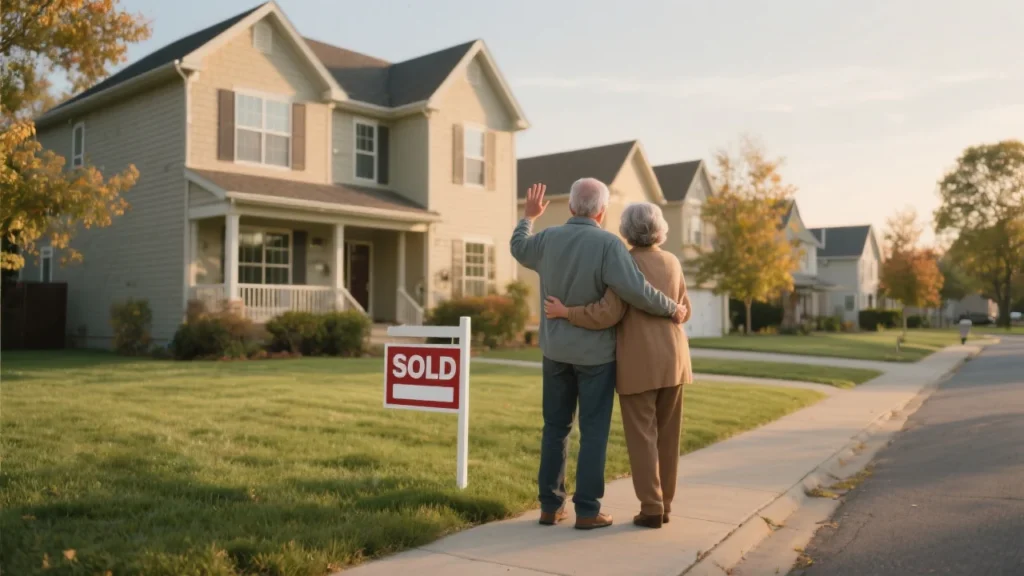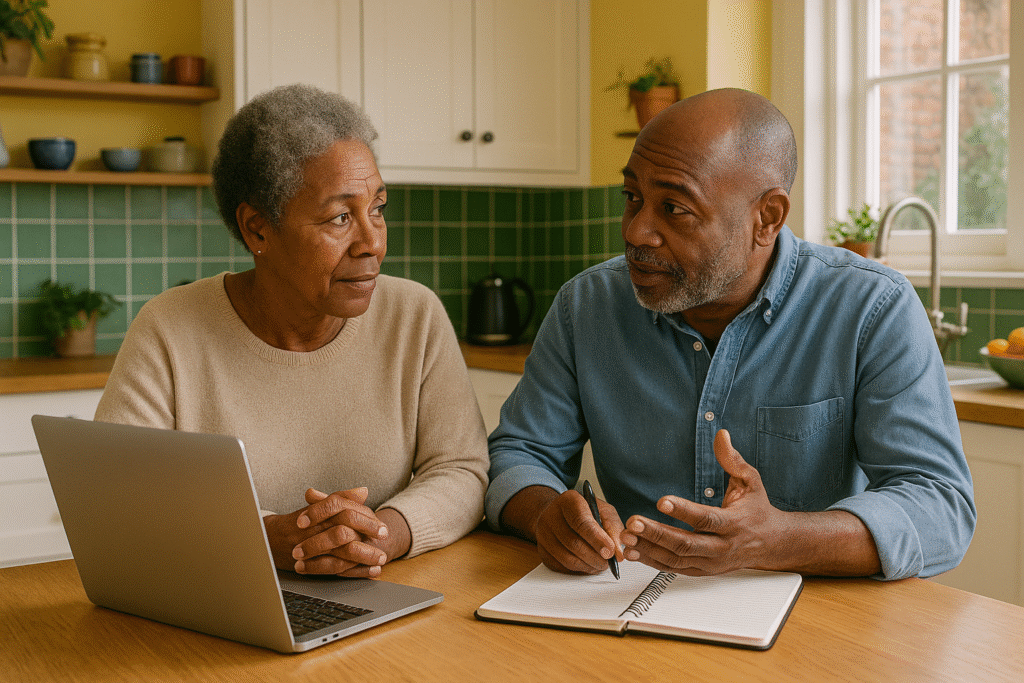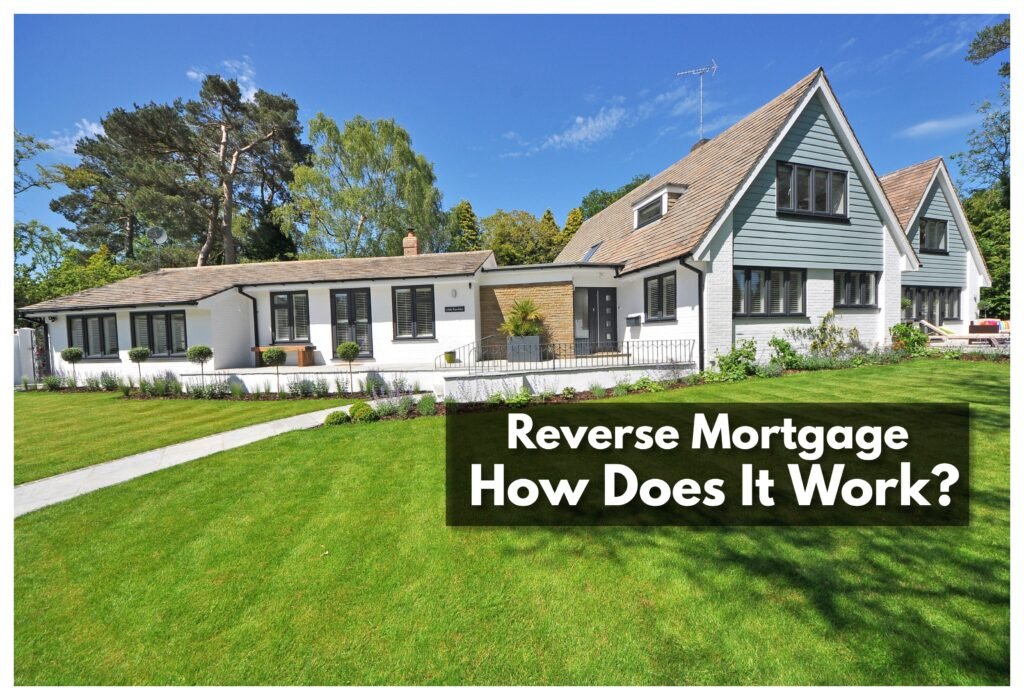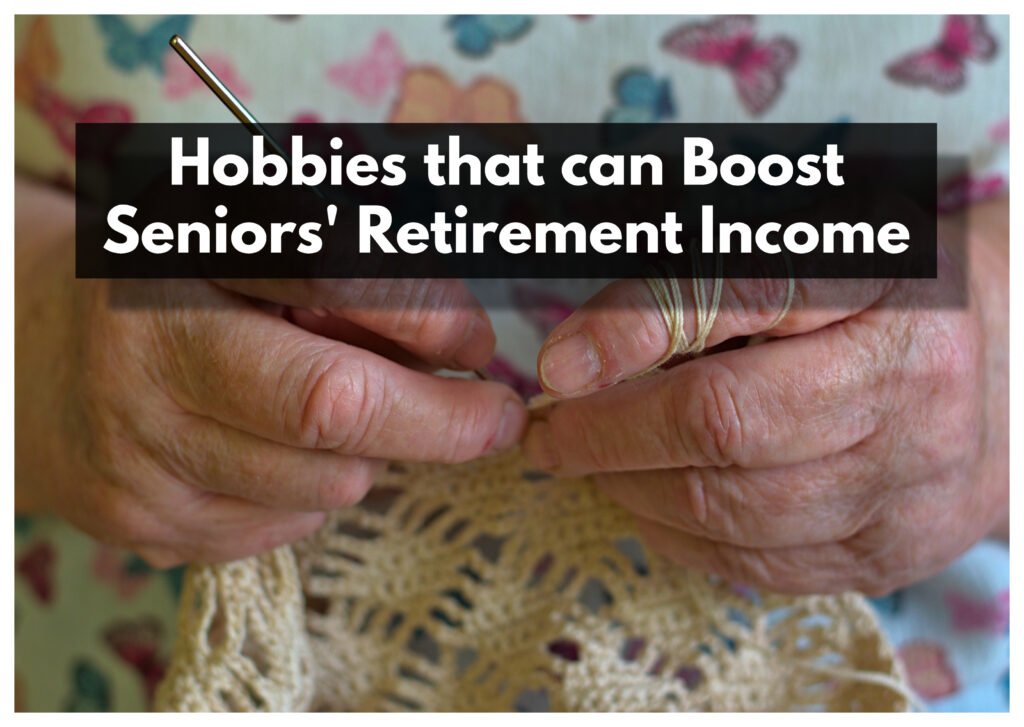The Pain and Gain of Downsizing: A Comprehensive Guide for Empty Nesters

Last Updated on August 6, 2025 by David
As a gerontologist who has worked with hundreds of empty nesters over the past two decades, I’ve witnessed the profound transformation that downsizing brings to people’s lives. It’s rarely a simple decision. It’s never just about square footage or mortgage payments.
The choice to downsize touches the deepest parts of our identity. It forces us to confront what home means, what memories we carry, and how we want to spend our remaining years.
Let me walk you through both sides of this life-changing decision.
The Financial Liberation
Money talks, and when it comes to downsizing, it often shouts with joy.
Most empty nesters discover they’re sitting on a goldmine. The family home they bought decades ago has likely appreciated significantly. Selling it can free up substantial equity that’s been locked away in walls and rooms you no longer use.
Consider Sarah, a client who sold her four-bedroom colonial for $485,000. She bought a two-bedroom condo for $275,000. After selling costs, she pocketed over $180,000. That money now generates income in her retirement accounts.
The ongoing savings surprise many people. Property taxes shrink dramatically. Utility bills often drop by 40-60%. Home insurance costs less. Maintenance expenses practically disappear when you move from a house to a managed community.
The average empty nester saves between $800-1,500 monthly after downsizing. Those savings compound quickly over retirement years.
Gifting Housing to the Next Generation
When you sell your family home, you’re doing more than improving your own situation. You’re participating in a vital economic cycle.
Young families desperately need the housing stock that empty nesters currently occupy. Your four-bedroom house could become the perfect home for a family with growing children. Your decision to downsize literally makes homeownership possible for someone else.
This isn’t charity. It’s smart economics. Communities thrive when housing flows efficiently between generations. Schools benefit from new families. Local businesses gain customers. The whole neighborhood ecosystem improves.

Lifting the Burden from Your Children’s Shoulders
Your adult children worry about you more than they admit.
They drive by your house and notice the gutters need cleaning. They see the garden becoming overgrown. They wonder how you’ll manage snow removal, leaf cleanup, and home repairs. They lose sleep thinking about you climbing ladders or handling power tools.
When you downsize, you lift this invisible weight from their shoulders. They stop worrying about whether you can maintain your home safely. They feel relieved knowing you’re in a more manageable space.
Tom, whose parents moved to a senior living community, told me: “I finally sleep through the night. I’m not constantly worried about Dad trying to fix the roof or Mom struggling with yard work.”
Access to Life’s Essentials
Location becomes crucial as we age. Downsizing often means moving closer to what matters most.
Medical appointments become easier when your doctor’s office is five minutes away instead of thirty. Grocery shopping transforms from a major expedition into a quick errand. Public transportation might become accessible for the first time in decades.
Many downsizing destinations offer shuttle services to shopping centers, medical facilities, and cultural events. You might discover you can live comfortably without driving as much—or at all.

Time Freedom
Large homes devour time.
Cleaning a four-bedroom house takes most of a day. Yard work consumes entire weekends. Home maintenance projects stretch across weeks. You spend your retirement years serving your house instead of enjoying your life.
Downsizing gives you time back. Time for hobbies you’ve postponed. Time for travel you’ve dreamed about. Time for relationships you want to deepen.
Margaret, who moved from a sprawling ranch to a maintenance-free townhome, discovered she had an extra 15-20 hours per week. She used that time to volunteer at the library, take pottery classes, and visit her grandchildren more often.
The Emotional Earthquake
Now let’s address the elephant in the room: the emotional cost of leaving your family home.
This isn’t just about moving. It’s about saying goodbye to the kitchen where you made thousands of meals. The living room where your children took their first steps. The bedrooms where you comforted them through nightmares and celebrated their achievements.
Every room holds memories. Every corner tells a story. Walking through your home one last time can feel like watching your life flash before your eyes.
The grief is real. It’s normal. It’s healthy.
Processing the Memory Challenge
Clients often ask me: “How do I take 30 years of memories with me?”
The answer isn’t simple, but it’s manageable. Start by understanding that memories live in your heart, not in your house. The building held the experiences, but the experiences themselves travel with you.

Create a memory book before you move. Photograph each room. Write down the stories each space holds. Include your children in this process. They often remember different details that will enrich your collection.
Take meaningful items that connect you to important memories. The kitchen table where homework happened. The rocking chair where you nursed babies. The garden tools that helped you grow prize-winning tomatoes.
Leave room for new memories. Your smaller space might host different kinds of gatherings, but it can still be the heart of family celebrations.
The Social Adjustment
Moving away from longtime neighbors can feel isolating. You’re leaving a community where people know your history, where relationships have grown over decades.
This social disruption shouldn’t be minimized. It’s a genuine loss that requires intentional effort to address.
However, many downsizing destinations offer built-in communities. Retirement communities, 55+ neighborhoods, and active adult developments create natural opportunities for friendship. You might discover a social life more vibrant than what you left behind.
Strategies for Success

Start early. Don’t wait until health or financial crises force your hand. Begin planning 3-5 years before you want to move.
Involve your family. Your children might want specific items from the family home. Having these conversations early prevents later conflicts.
Visit potential new homes multiple times. See them in different seasons, at different times of day. Talk to current residents about their experiences.
Plan for the emotional journey. Consider working with a counselor who specializes in life transitions. Grief counseling isn’t just for death—it applies to any major loss.
Create rituals. Host a farewell party in your old home. Plant something meaningful in your new garden. Establish traditions that bridge your old life and new one.
The Bottom Line
Downsizing isn’t just a housing decision. It’s a life choice that touches every aspect of your future.
The financial benefits are substantial and measurable. The practical advantages are immediate and ongoing. The gift you give to both your family and the broader community creates positive ripple effects.
The emotional costs are real but manageable with proper support and planning.
Most of my clients tell me the same thing six months after their move: “I wish I had done this sooner.”
The pain of downsizing is temporary. The gains can enhance every remaining year of your life.
Frequently Asked Questions About Downsizing
When is the best time to downsize?
The ideal time to downsize is 3-5 years before you feel you have to move. This gives you time to plan carefully, research options thoroughly, and make decisions without pressure. Many experts suggest considering downsizing in your early 60s, while you’re still healthy and energetic enough to handle the transition smoothly.
How much money can I save by downsizing?
Most empty nesters save between $800-1,500 monthly after downsizing. This includes reduced property taxes, lower utility bills, decreased maintenance costs, and smaller insurance premiums. Additionally, you’ll likely free up significant equity from your home sale that can boost your retirement savings.
What should I do with all my belongings when downsizing?
Start decluttering at least six months before moving. Sort items into four categories: keep, donate, sell, and trash. Involve family members early to see what they’d like to inherit. Consider hiring a professional organizer or estate sale company to help manage the process. Remember, the goal is to keep items that bring joy or serve a purpose in your new lifestyle.
How do I choose the right downsized home?
Consider your current and future needs, including proximity to healthcare, shopping, and family. Look for single-level living, low-maintenance features, and accessible design elements. Visit potential homes multiple times and at different hours. Talk to current residents about their experiences. Factor in community amenities and social opportunities.
Will downsizing affect my property taxes?
Yes, typically in a positive way. Smaller, less expensive homes usually carry lower property tax bills. However, research local tax laws, as some areas offer senior exemptions or other benefits that might affect your decision. Consult with a tax professional to understand the full implications.
How do I handle the emotional difficulty of leaving my family home?
Acknowledge that grief over leaving your family home is normal and healthy. Create a memory book with photos and stories from each room. Take meaningful items that connect you to important memories. Consider working with a counselor who specializes in life transitions. Plan farewell rituals and focus on the new memories you’ll create.
Should I rent or buy after downsizing?
This depends on your financial situation, health status, and lifestyle preferences. Buying provides stability and potential appreciation, while renting offers flexibility and eliminates maintenance responsibilities. Consider factors like how long you plan to stay, your available cash, and whether you want to leave real estate to heirs.
What are the best downsizing options for seniors?
Popular options include smaller single-family homes, condominiums, townhomes, active adult communities (55+), independent living communities, and senior apartments. The best choice depends on your budget, desired level of maintenance, social preferences, and future care needs.
How do I find the right real estate agent for downsizing?
Look for agents who specialize in working with seniors and understand the unique challenges of downsizing. They should be patient, knowledgeable about senior-friendly communities, and familiar with the emotional aspects of leaving a long-time home. Ask for references from other clients who have downsized.
What mistakes should I avoid when downsizing?
Common mistakes include waiting too long to start the process, making emotional decisions without considering practical needs, not involving family members in planning, underestimating the time needed to declutter, and choosing a new home based solely on price rather than lifestyle fit. Take time to plan carefully and consider both immediate and future needs.





